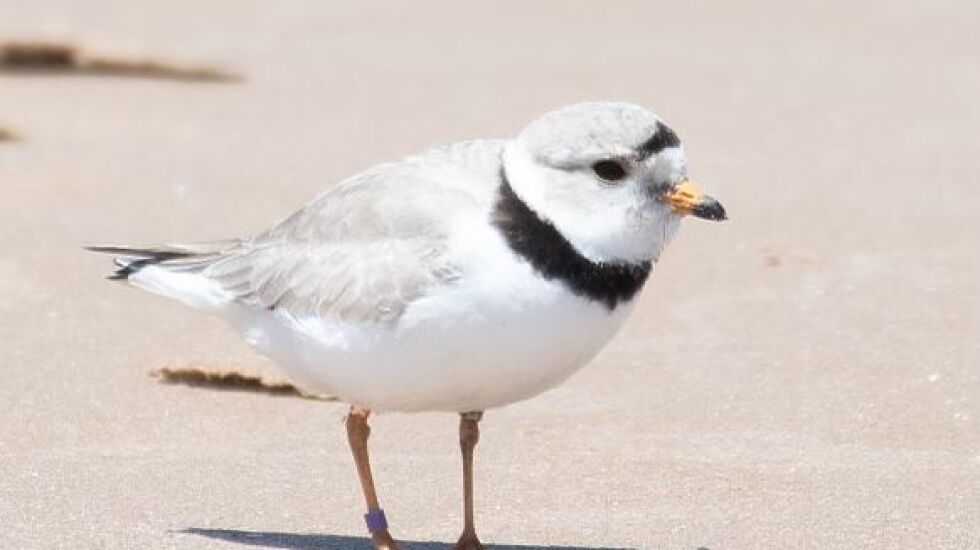
Since May, the piping plover conservation community in Chicago has been watching Imani, a 1-year-old piping plover ready to mate. However, Imani spent the summer alone.
“No one showed up for Imani,” said Ann Hetzel Gunkle, a piping plover monitor who is also on the board of the Chicago Audubon Society. “We’re crossing our fingers for next year.”
Imani, who arrived at Montrose Beach in the spring, has since left to travel approximately 1,000 miles to his southern wintering grounds. He was the first piping plover to hatch on Montrose Beach and return a year later — a rare occurrence for the endangered species that produced only 150 chicks this year.
“Every hatched bird, every mating pair really matters when the species is at only about 75 nesting pairs,” said Hetzel Gunkle, 59.
Imani, who was hatched at Montrose in 2021, is an offspring of Rose and Monty. Rose laid four eggs in 2021. Imani was one of just two chicks that survived after the others went missing and were presumed dead.
Rose didn’t return to Montrose Beach this year. Monty returned in April but died on May 13.
Volunteers are about halfway to their recovery goal of 150 breeding pairs, which may move the species from endangered to threatened, Hetzel Gunkle said. While it is not the same as the 500 to 800 pairs that historically nested along the Great Lakes, it is progress compared with the dozen pairs alive in the 1990s, Hetzel Gunkle said.
Volunteer piping plover monitors are scheduled from dawn to dusk throughout the summer months to watch and protect the plovers from off-the-leash dogs, balloons and lights, Hetzel Gunkle explained.
With Chicago being a prime location in birds’ migratory path, Hetzel Gunkle encourages Chicago residents to get involved in the Lights Out Movement that prevents birds from crashing into buildings at night time.
Until next spring, Hetzel Gunkle said volunteers are looking out for Imani in pictures submitted to the Great Lakes recovery team by bird watchers in southern states.







